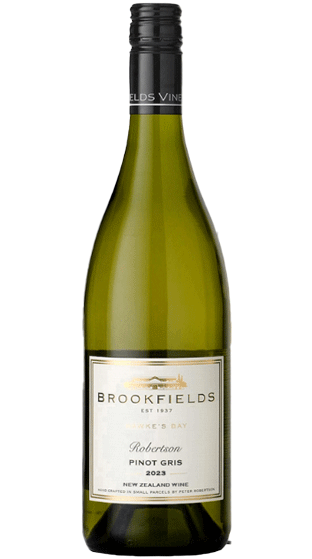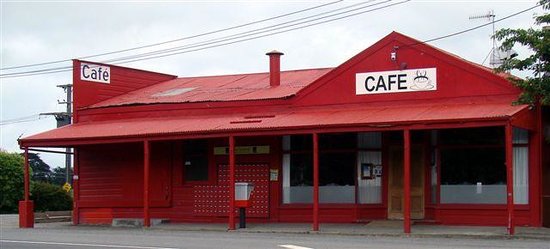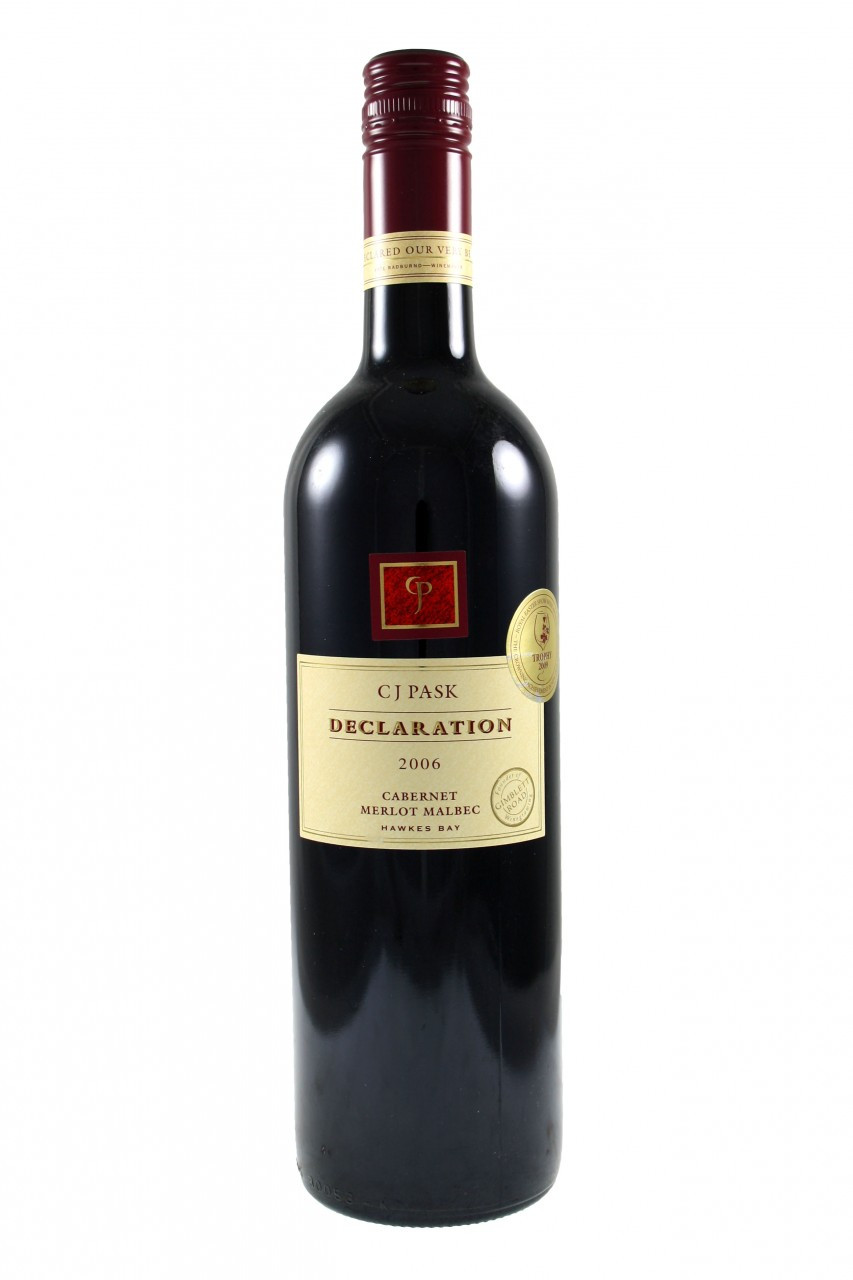27 April 2014: Quarter Acre Manakau
Wine no 1:
Black Estate Riesling 2012
Still a baby, it is full-bodied, with strong, lemony, slightly spicy flavours, hints of honey and marmalade, and a crisp, tightly structured finish. Showing good intensity and plenty of personality, it should be at its best 2015+. Michael Cooper MW
The wine is... immediately appealing on the nose displaying mandarin, apple, peach and flinty aromas, leading to a juicy palate that's elegant and vibrant with a hint of sweetness and racy acidity. It's flavoursome, well structured and superbly long on the finish. At its best: now to 2020..
Sam Kim for Wine Orbit
Flavour-some Riesling with a mix of mineral and citrus with riper tree fruit/apricot characters. Good intensity, purity and length. Classy wine with development potential.
Bob Campbell MW
An elegantly concentrated and soft-textured dry Riesling with complex minerally interest. Serve as an aperitif and with seafood over the next 4 to 5+ years. Raymond Chan
 Vineyard: Fruit for this Black Estate Riesling is sourced from our Spye Omihi Vineyard in the north of Waipara Valley, North Canterbury. This hillside vineyard was planted in 1999 on clay and limestone rich soils. These soils are very dense brown to orange in colour and inter bedded with sandstones and subordinate limestone horizons. This 2 hectare hillside vineyard has a vine density of more than 5000 vine per hectare.
Vineyard: Fruit for this Black Estate Riesling is sourced from our Spye Omihi Vineyard in the north of Waipara Valley, North Canterbury. This hillside vineyard was planted in 1999 on clay and limestone rich soils. These soils are very dense brown to orange in colour and inter bedded with sandstones and subordinate limestone horizons. This 2 hectare hillside vineyard has a vine density of more than 5000 vine per hectare.
Season: A cool growing season with intermittent rain events allowed healthy canopy growth and long slow ripening. Mild temperatures held through autumn and allowed the grapes for this wine to be harvested at the desired ripeness. The flexibility of our picking crews meant that we were able to undertake several picks over a three week period. This ensured that the hand selected fruit reached optimum ripeness.
Hand harvested April 19- May 8 2012
Harvest 11.5 Tons Yield 1.4 kg/ vine Brix 21.0-25.5o TA 9.45g/L pH 3.05
Fermentation: Whole bunch pressed with no settling. Fermented wild for two months between 12- and 18 degrees centigrade in stainless steel tanks. The tanks were then moved outside the winery where the wine matured on lees in stainless steel tanks through winter. Blended in spring bottled in summer.
A family owned vineyard on the warm, sunny slopes of the Waipara Valley, where the vines grow through clay and limestone soils to produce intense wines completely expressive of this site.
The wines are hand crafted using artisan techniques and a dedication to creating exceptional Waipara Pinot Noir, Chardonnay and Riesling.

Waipara has a long and dry autumn, ideal for ripening fruit. The cool nights retain freshness, whilst warm days build concentration. The vineyard is carefully handled through the change of each season by Vineyard Manager Alistair Blair. Alistair is eagerly assisted by the rest of the family who almost always do exactly as they are told. A detailed focus is on thoughtful winter pruning, maximising soil health and restricting yields using sustainable practices.
Wine no 2: Black Estate Omihi Chardonnay 2013

Label of the 2011
Prepared from the Mendoza Chardonnay grape, Omihi Series Chardonnay has been described as some of the finest in the region. Complex and integrated bouquet of white floral, grapefruit, lemon honey, brioche and hazelnut. Mealy, with fresh mineral notes like sea spray. The palate is broad, and enveloping with saline minerality that carries, persists and freshens giving this wine a dense and complete structure
Since the Naish family purchased the Black Estate in 2007, the quality and consistency of the wines has taken a leap forward. The home vineyard, planted in 1993 is 8 ha, planted equally to Chardonnay and Pinot Noir (the Riesling fruit contracted) is providing exciting wines. This is the tenth release of a Chardonnay under the Black Estate label, from 16 y.o. Mendoza vines, and the maturity of the plants is reckoned to provide the extra depth. Winemaker Nicholas Brown is certainly especially adept with the fruit. - Ray Chan
Wine no 3: Chateau Mont-Redon Cotes du Rhone Reserve 2012
Mont-Redon produces wines in three appellations in the southern Rhône valley: Châteauneuf-du-Pape, Lirac and Côtes du Rhône. Thirteen grape varieties (white and red) can be used to make a Châteauneuf-du-Pape wine. The Lirac and Côtes du Rhône are made with two, three or four varieties. Grenache (red or white) is the predominant grape in all blends.
Situated on the left bank of the Rhône between Orange and Avignon, the Mont-Redon vineyards feature large, rounded stones known locally as galets. These stones retain some of the intense daytime heat of the southern sun and then slowly disperse it to the vines during the night. The Mistral wind blows away any humidity, ensuring excellent climatic conditions for the cultivation of vines. The grapes are handpicked and destemmed, followed by maceration to achieve good tannic structure. After malolactic fermentation, the wine is matured in vats and oak barrels until bottling.
Aromas and flavors of dark berries, raspberries and spice lead to a full, succulent palate with balanced, approachable tannins.
Foos pairing: Pair with herbed, grilled meats or aged cheeses.
A Côtes du Rhône that offers particularly fine structure as well as lush fruit

The Rhone Valley is a key wine-producing region in the south-east of France. It follows the north–south course of the Rhone river for almost 150 miles (240km) from Lyon to the Rhone Delta (the Bouches-du-Rhône), near the Mediterranean coast.
The length of the valley means that Rhone wines are the product of a wide variety of soil types and mesoclimates. The region's wine-producing areas cover such a distance that there is a widely accepted division between its northern and southern parts. Rather neatly, they are separated by a gap of 25 miles (40 km) between the towns of Valance and Montelimar, in which almost no vines are grown.
This division is reflected not only in geography and preferred grape varieties, but also in the quality and quantity of wines produced. The smaller, more quality-driven northern section focuses almost entirely on Syrah for red wines and Viognier, Marsanne and Roussanne for whites, while the larger and more prolific south employs a much longer list of varieties. The most notable of these are the red varieties Grenache and Mourvedre, which are combined with Syrah to produce the 'GSM' blend so characteristic of the southern Rhone. While the granite-blessed slopes of the north are paired with a continental climate, the rocky, sandy soils of the flatter south enjoy the warmer winters of a Mediterranean climate.
Prestige is also a key differentiator between the northern and southern areas of the Rhone. The north boasts old and highly respected names, such as Hermitage and Cote Rotie, but it accounts for only 5% of the valley's total wine production. The remaining 95% is made in the south under less-prestigious, less-specific names. The south is not entirely lacking in prestige, however, as it is here that the Chateauneuf-du-Pape appellation is located.
One important, unifying constant between the two areas is the regional Cotes du Rhone appellation, which can be claimed by red, rosé and white wines from all over the valley. This title covers 171 communes over the 125 miles (200km) between Vienne in the north and Avignon in the south – the towns that mark the beginning and end of the main valley. These wines are still subject to the rules and regulations of the appellation laws, but do not match up to the quality required from more location-specific titles such as Saint-Joseph or Gigondas.
Chateau Mont-Redon
The appellation Cotes du Rhone Villages is restricted to specific villages whose terroir produces wine of a slightly higher quality. By chance, they are clustered in the southern section of the Rhone valley, around the town of Orange. An elected sub-set of about 20 (this list changes over time) are permitted to add their village names to the title Cotes du Rhone Villages, producing some interesting, long-winded names such as Cotes du Rhone Villages Saint-Maurice-sur-Eygues.































